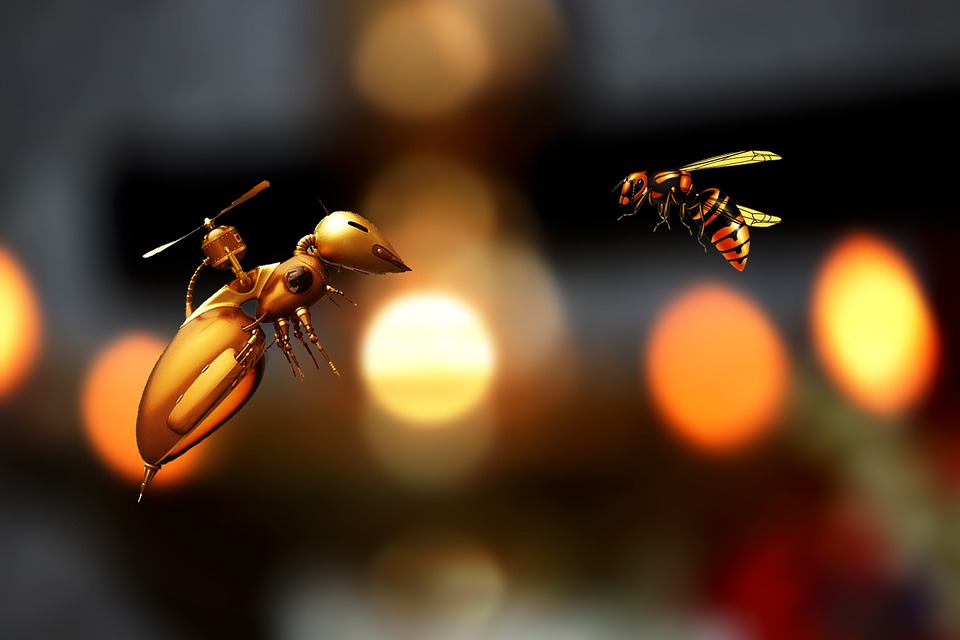
Birds are one of the most diverse and successful groups of animals on Earth, with over 10,000 species occupying a wide range of habitats and exhibiting a vast array of ecological roles. One of the most distinctive features of birds is their ability to fly, a characteristic that has evolved over millions of years and has allowed birds to exploit a wide range of ecological niches. However, not all birds are capable of flight, and some species have evolved to live and thrive on the ground. In this essay, we will explore the major differences between the evolutionary stages of flightless and flying birds.
Flying Birds
The ability to fly has been a defining feature of birds for over 150 million years, and it has played a key role in their evolutionary success. Flying birds have a number of adaptations that enable them to take to the air and move through it with remarkable agility and efficiency. These adaptations include:
Wings: The most obvious adaptation of flying birds is their wings, which are specialized structures that allow them to generate lift and maneuver in the air. Bird wings are made up of feathers, which are lightweight but strong and flexible, allowing birds to adjust their wing shape to control their flight. The shape of the wing is also important, with different species having wings of different lengths, widths, and shapes depending on their flight style and the environments in which they live.
Lightweight Skeleton: Flying birds have a lightweight skeleton, with many of their bones being hollow or filled with air sacs to reduce weight while maintaining strength. The bones of the skull and beak are also lightweight and fused together, providing a strong but lightweight structure for the head.
Muscular System: The flight muscles of birds are incredibly powerful, comprising up to 30% of their total body weight. These muscles are specialized for sustained flight, with the ability to generate power and maintain high levels of endurance.
Respiratory System: Birds have a unique respiratory system that allows them to extract more oxygen from the air than any other vertebrate. They have a series of air sacs that store and distribute air, enabling them to extract oxygen on both inhalation and exhalation, and to maintain a constant flow of air over their lungs.
Feathers: Feathers are essential for flight, providing both lift and insulation. They are also important for communication and display, with many species using them to attract mates and signal their intentions to other birds.
Flightless Birds
While the majority of birds are capable of flight, there are a number of species that have evolved to live on the ground and have lost the ability to fly. These flightless birds have undergone a number of adaptations that enable them to survive and thrive without the need for flight. Some of the major differences between the evolutionary stages of flightless and flying birds are:
Lack of Wings: Flightless birds have either greatly reduced or completely absent wings. In some cases, the wings are still present but have evolved to be small and non-functional, serving only as vestigial remnants of their flying ancestors.
Stronger Legs: Flightless birds have evolved powerful legs and feet that are well-suited for walking, running, and jumping. Many flightless birds have longer legs and shorter bodies than their flying counterparts, providing them with greater leverage for propulsion and stability on the ground.
Reduced Skeleton: The bones of flightless birds are often thicker and denser than those of flying birds, providing them with greater support and protection on the ground. They have also lost many of the air sacs and hollow spaces that are found in the bones of flying birds, making their skeletons heavier and more robust.
Reduced Muscular System: Flightless birds have less developed flight muscles than their flying counterparts, as they no longer require the same level of endurance and power necessary for sustained flight. Instead, their muscles are specialized for activities such as running, walking, and swimming.
Different Feathers: Flightless birds have a different type of feathers than flying birds. Their feathers are often more dense and downy, providing insulation and protection from the elements. They may also lack some of the specialized feathers found in flying birds, such as flight feathers and contour feathers.
Unique Ecological Roles: Flightless birds have evolved to occupy unique ecological niches and exhibit a range of behaviors that are distinct from flying birds. For example, ostriches are adapted for running and can reach speeds of up to 70 km/h, while penguins are adapted for swimming and diving and can stay underwater for several minutes at a time.
Conclusion
In conclusion, the major differences between the evolutionary stages of flightless and flying birds reflect the unique ecological roles and adaptations of each group. Flying birds have evolved to take to the air and move through it with remarkable agility and efficiency, while flightless birds have adapted to life on the ground and exhibit a range of behaviors that are distinct from their flying counterparts. Understanding these differences is important for gaining insights into the diversity and complexity of bird life, and for developing strategies for conserving these fascinating and important animals.







